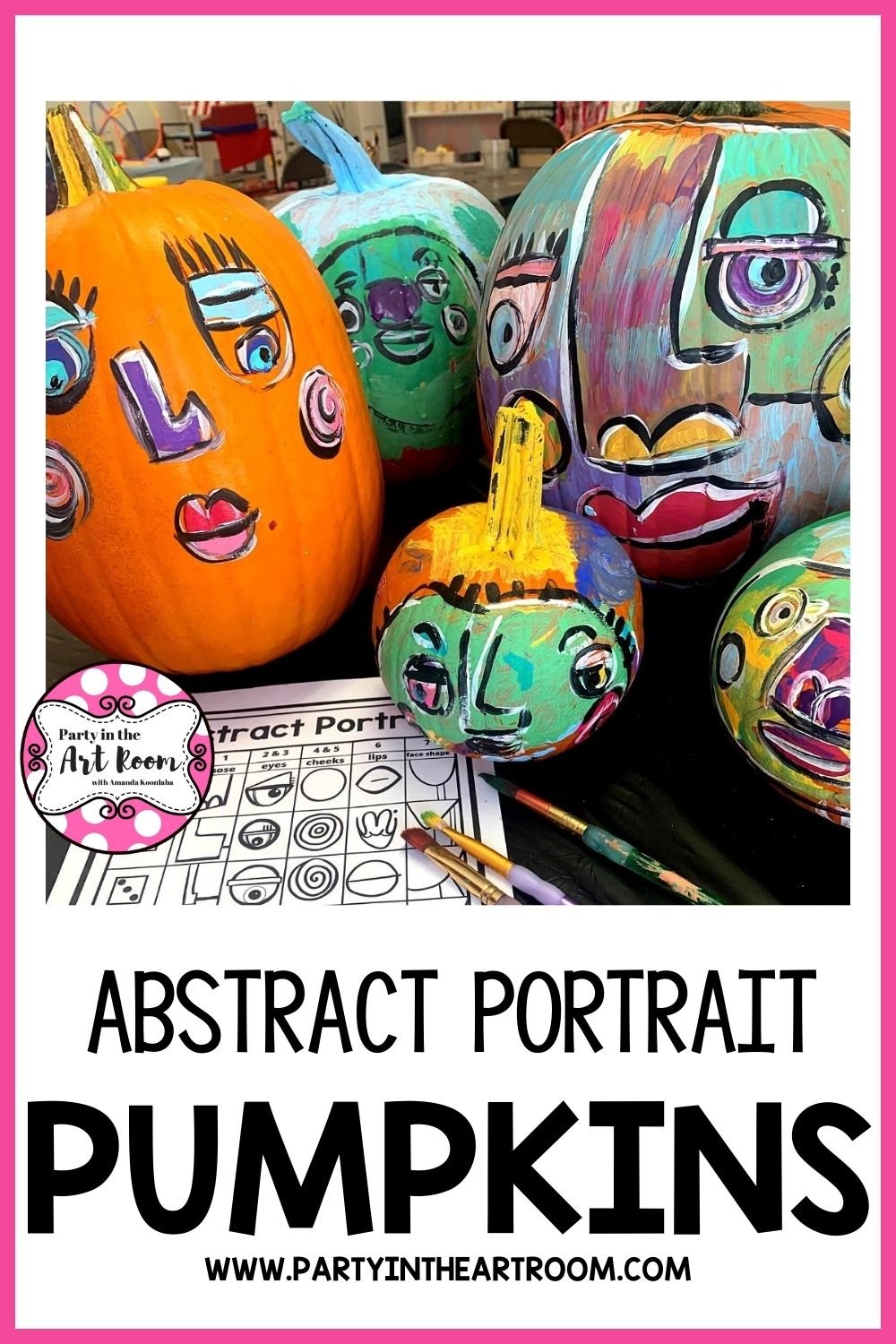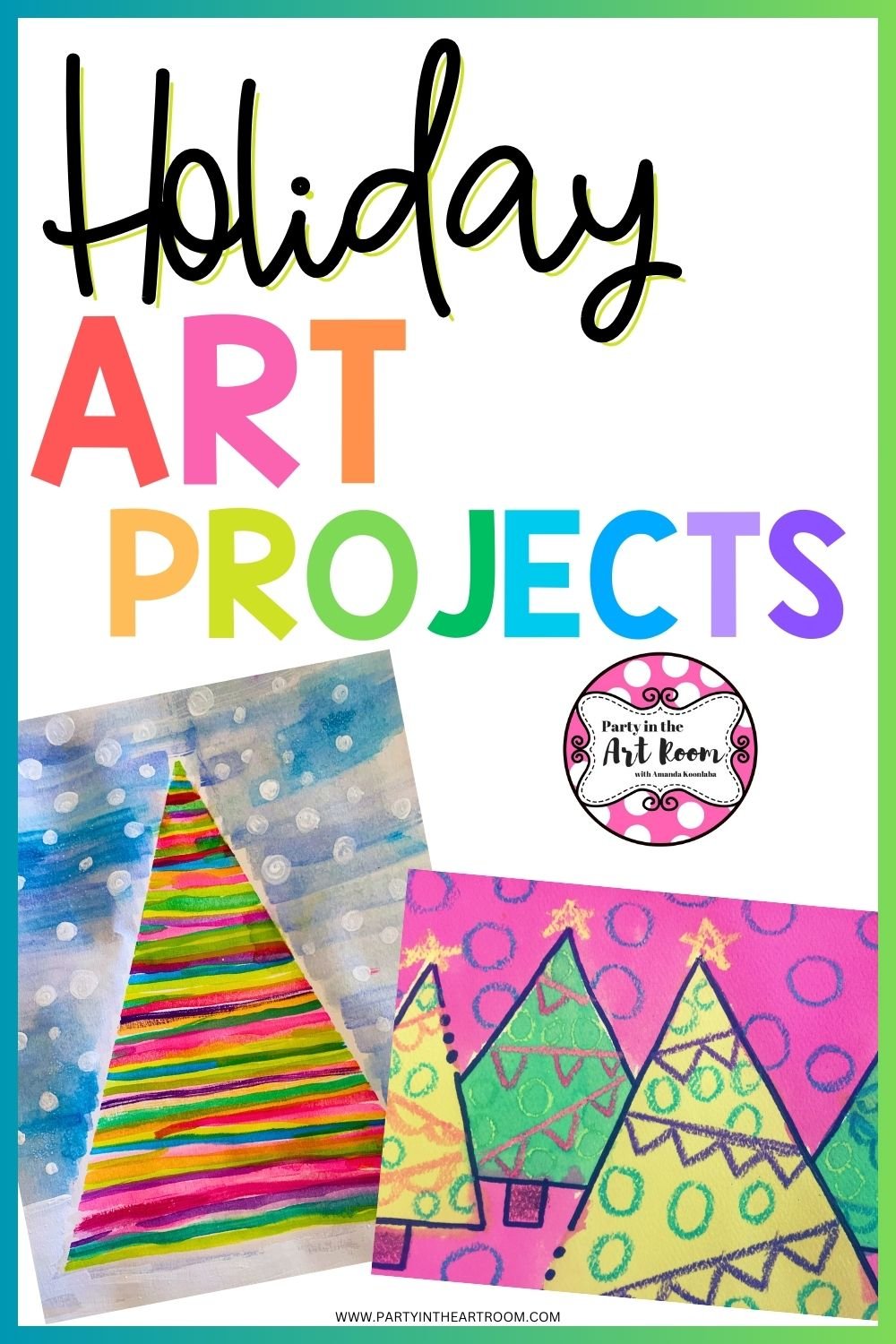How To Paint Poppin' Abstract Pumpkin Portraits
Fall is the perfect season to get creative with pumpkins, and what better way to combine seasonal decorating with a splash of abstract art?
Inspired by the playful and colorful abstract art face portraits of Paul Klee, this pumpkin art project is a great way to introduce children to modern art while creating unique fall decor.
Instead of abstract paintings on canvas, your students can create abstract art faces on pumpkins!
Here’s how you can make your own pumpkin art project, and why using acrylic paints versus tempera paints will ensure your pumpkins shine—both indoors and out!
Why Paint Pumpkins?
Pumpkins have long been a favorite subject in art, offering a blank canvas that's rich with possibility. Incorporating pumpkins in art projects during the fall season allows children to explore the elements of art texture, shape, and color. This pumpkin art activity also serves as a fantastic way to celebrate the harvest season while introducing young artists to iconic abstract techniques.
Paul Klee and Abstract Portraits
Paul Klee was a Swiss-German artist known for his abstract works that often feature playful forms and bright, bold colors.
In this project, children can paint abstract pumpkin art faces, using Klee's portrait style as inspiration.
This allows them to explore symmetry, geometric shapes, and vibrant hues—all while having fun with pumpkins! It’s a wonderful elementary and preschool pumpkin art project, and it’s perfect for encouraging creativity in young children.
What You’ll Need:
Pumpkins (small or large, depending on preference)
Acrylic paint (recommended for outdoor pumpkins) OR
Tempera paint (recommended for indoor pumpkins)
Paintbrushes (variety of sizes)
Water and paper towels for cleanup
Pencil for sketching (optional)
Palette for mixing colors (reuse plastic container lids)
Dice or other random number generator
How to Paint Art on Pumpkins:
Sketch the Design
Before jumping into the paint, sketch your abstract portrait on the pumpkin. You can help young children create simple geometric shapes, or allow them to draw freely, using Paul Klee’s work as inspiration.The absolute best way to do this is to provide the Abstract Portraits Game Sheet as a prompt for drawing. Yes, students could freestyle the abstract art face, but the prompt sheet gives them something concrete to look at as they draw.
Remember, they can’t erase on the pumpkins. Best to give them as much upfront support as possible, and the prompt sheet does that!
Choose Your Paint
When it comes to painting pumpkins, the type of paint you use matters—especially if your pumpkins will be displayed outside. While tempera paint is great for indoor use and classroom settings, acrylic paint is the best option for outdoor projects. It adheres better to the pumpkin’s surface and is more resistant to weather changes, making it perfect for pumpkins that will be decorating your porch or yard. Tempera, on the other hand, will flake and wash away in rain or dew. Tempera can work, but the results will be less vibrant in color and less durable.Paint Your Pumpkin
Start painting the larger areas of the pumpkin with broad strokes, then move on to smaller details, like eyes, nose, and mouth. Let kids choose a variety of colors, as Paul Klee often did, to create a vibrant and playful abstract portrait.Let It Dry
Once the painting is complete, set the pumpkins aside to dry. Acrylic paints and tempera paints both dry fairly quickly, but be sure to give them ample time to ensure the design is fully set before moving them.Display Your Artwork
After the pumpkins are dry, display them proudly! If they’re indoors, they’ll make colorful table centerpieces. If placed outside, these artful pumpkins will hold up well through the fall season thanks to the durable acrylic paint should you choose to use it.
Why Acrylic Paints Work Best for Pumpkins
Many fall pumpkin art activities might suggest tempera paints, but when it comes to outdoor decorations, acrylic is the better choice. Acrylic paint is water-resistant, making it ideal for pumpkins that will face the elements, while tempera paint will quickly deteriorate outside. So, if you’re looking for pumpkin art ideas that will last, stick to acrylics for a long-lasting finish.
Remember, I didn’t say not to use tempera at all. When it comes to acrylic versus tempera for this lesson, I really prefer the look and durability of acrylic. But, there are lots of reasons why you might choose tempera. Perhaps you don’t make a habit of giving kindergarteners acrylic paints. Maybe you just don’t have access to any acrylics. Whatever the reason, know what to expect with tempera and consider a sealant!
4 Creative Variations for Arts and Crafts with Pumpkins:
Pumpkin Art for Preschoolers: For a simpler version of this project, preschoolers can focus on basic shapes like circles, squares, and triangles to create funny or silly faces.
Pumpkin Arts and Crafts: Encourage kids to experiment with color mixing and texture by layering different shades and applying paint with sponges or fingers.
Pumpkin Art on Display: You can even take this project further by hosting a "pumpkin gallery" in your home or classroom, where each child’s creation is proudly displayed as a piece of modern art.
Pumpkin Sketches: Let students view the pumpkins created by their peers and try to recreate them on paper. This is a great critical thinking exercise as they try to translate a three dimensional image to the two dimensional paper.
Wrapping Up
Using pumpkins in art projects is a fantastic way to blend seasonal fun with creative learning. By combining the abstract techniques of Paul Klee with the fall tradition of pumpkin painting, this project brings art and nature together in a vibrant, playful way.
So gather your pumpkins, grab your acrylic paints (or tempera, if that’s your preference), and let your little artists’ imaginations run wild!
More Ideas You Might Like:
Individual Workbooks from Party in the Art Room are available on Amazon!
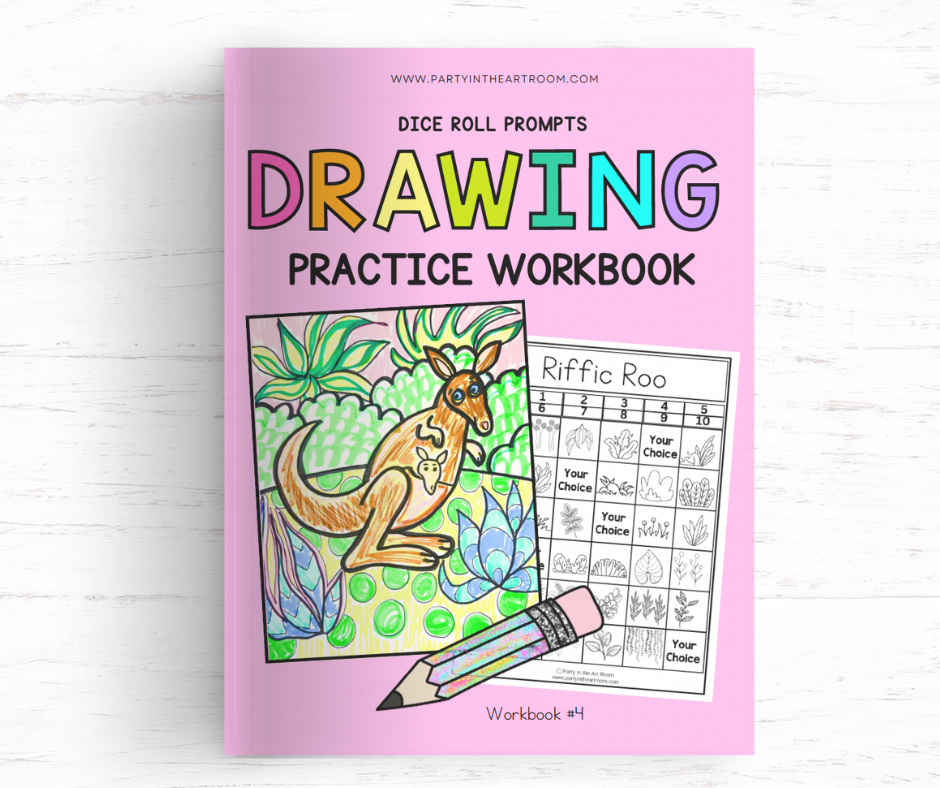
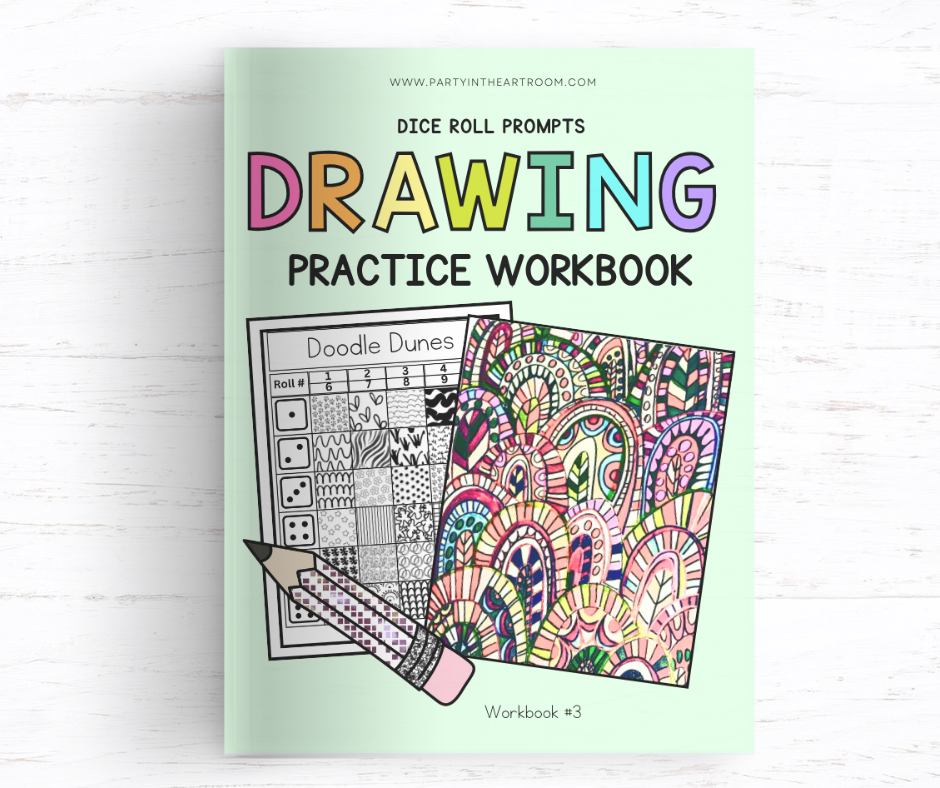
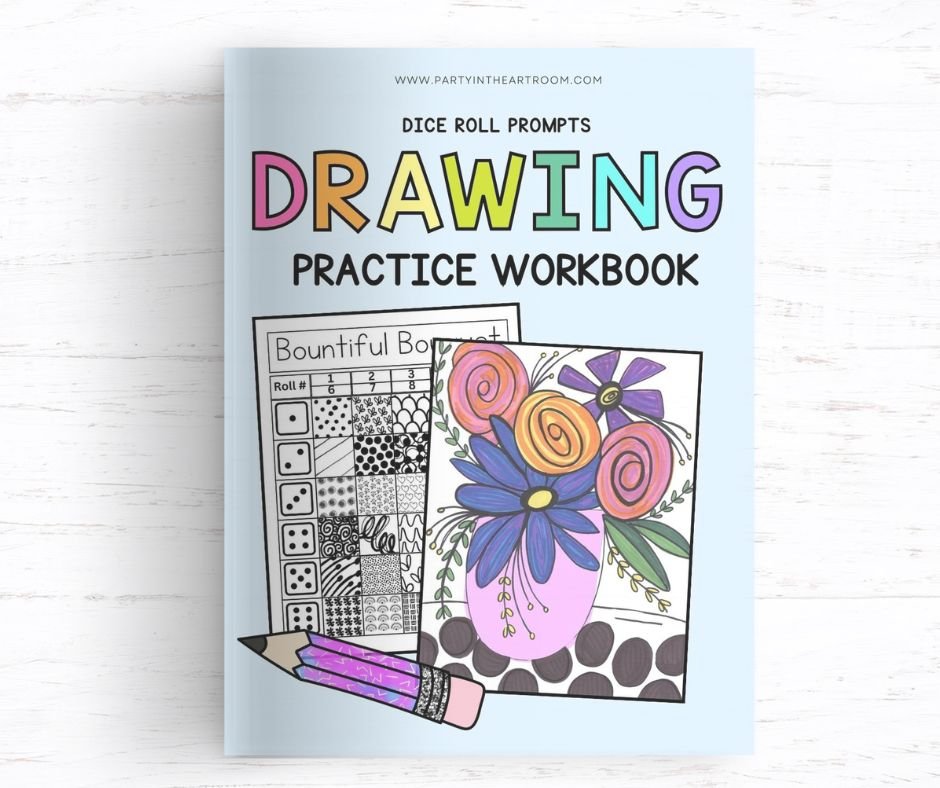

Affiliate Disclosure: Party in the Art Room is supported by its audience. When you purchase through links on this site, a commission may be earned.I’m Amanda, and I align standards and integrate content to help teachers meet the needs of the Whole Child in art class! I have yet to find a standard that I couldn’t teach through art, and I want to share it all with you.
Not sure where to start with bringing art and content together? This freebie guide is packed with 25 ideas to align your art lessons with math and ELA standards. Your students will be crafting art and practicing algebraic thinking. Win-win!
I want all students to feel successful in the art room, so I created a standards-based Daffodil Collage lesson to do just that! The lesson includes an artist study, student reflection, and more, so push your artists to their full potential.
Follow along on my Instagram page for more tips on teaching the Whole Child in the art room!
Connecting art and content together doesn’t have to be mind-boggling. I’ve made it simple with 25 math and ELA art lesson starters - for free! Plus, I included 15 worksheets for students to reflect on their art-making journey.





